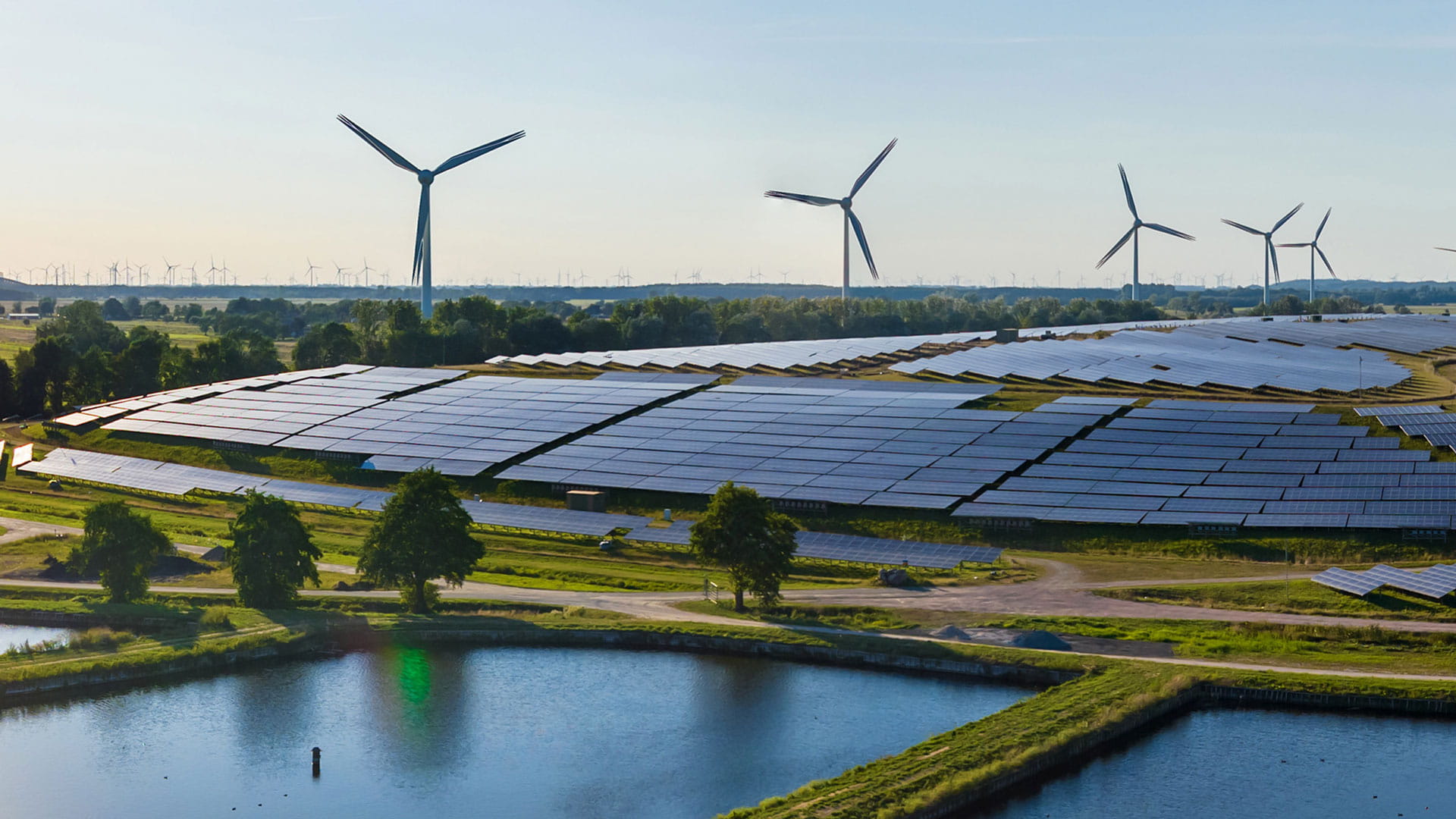Aramis: a leading initiative in carbon capture and storage

Project facts
- ClientTotalEnergies, Shell, Gasunie, EBN, CO2next, Porthos, Eni
- ChallengeSupporting the clients with environmental studies, EIA, permit applications, procedures with authorities and stakeholder management.
- Date2021 - current
- SolutionOur thorough studies and stakeholder management allowed our clients to prepare for permit applications and licenses.
- LocationThe Netherlands, Rotterdam area
The challenge
Achieving international climate goals may be unfeasible without Carbon Capture Storage (CCS) technology. In response, the Dutch government has prioritised major funding for CCS, viewing it as essential to fulfilling their emission reduction promises.
The Aramis initiative, spearheaded by TotalEnergies, Shell, Gasunie, and EBN, focuses on creating a shared CO2 transport and storage infrastructure. Its purpose is to collect carbon dioxide from multiple industrial emitters and deliver it to offshore storage sites for long-term containment in geological structures. It starts with about 7.5 Mton CO2 a year but can be extended to a maximum of 22 Mton CO2 per year. The transport infrastructure is designed to receive CO2 both from shipping and through the Porthos onshore pipeline towards the Porthos compressor station.

A new CO2 terminal at the Maasvlakte in Rotterdam, operated by CO2Next, has been designed to receive, pressurise, and prepare CO2 for transportation through the 200-kilometre offshore pipeline. CO2Next is a new entity founded by Vopak and Gasunie, joined by TotalEnergies and Shell, focusing on the transport of CO2 by ship. While designing the CO2 terminal in one of Europe’s busiest ports, we had to pay great attention to having detailed logistical coordination to avoid disruption and minimising the environmental footprint. In addition the newly developed Porthos compressor station will be extended to deliver CO2 both for the Porthos and the Aramis pipeline.
A trunkline will connect the onshore facilities with the offshore platforms, where injection will take place. This trunkline has to cross the busy shipping lane towards the Port of Rotterdam, which requires a 3 meter wide tunnel. The installation of offshore pipelines poses potential threats to marine ecosystems, particularly around biodiversity. To mitigate this impact, we work on nature inclusive design alternatives.
Two new platforms will be installed, and one existing platform will be adjusted, to accommodate the CO2 injection into the geological structures. Thorough marine ecological research has been conducted to minimize the ecological impact especially during construction.
All these new activities need to fit into the strict regulation for safety, noise and nitrogen deposition in Nature 2000-areas. This required additional mitigation measures, including electrification of equipment.
The collaboration between industrial stakeholders and environmental organisations presented another level of complexity, requiring efficient communication and alignment of goals to ensure success. Implementing the new Environment & Planning Act came with its own challenges.
Solution
Our role began early by providing a comprehensive roadmap including permitting issues, risks and planning. This led to a comprehensive range of services to meet the challenges. Our team delivered environmental impact assessments (EIA) to identify potential environmental risks and propose mitigation measures.While making sure all relevant environmental issues were addressed, special attention was required for the reduction of nitrogen emissions, both during construction and during operations.
We also conducted detailed safety assessments for the handling and transportation of CO2, given its hazardous nature. Our advice helped guide the design of the infrastructure at the Maasvlakte terminal, focusing on ensuring safe operations for CO2 loading and shipping activities.
In addition, we supported our clients in the storage permit application and the permit applications under the Environment & Planning Act, ensuring that the initiative met all environmental and regulatory requirements. Our stakeholder management expertise proved vital in fostering collaboration between the various partners, including industrial and environmental groups. Through effective communication and project management, we facilitated agreement on objectives and ensured a unified approach throughout the development process.
Results
Aramis is poised to be a key element in Europe’s strategy to reduce carbon emissions. By establishing a robust infrastructure for CO2 transport and storage, the initiative not only supports emissions reduction but also sets the stage for future CCS initiatives.Our work in biodiversity management, securing environmental approvals, and helping to apply for the necessary permits and storage licenses has helped mitigate the initiative's ecological impact while promoting a sustainable realisation of a carbon capture and storage system. By allowing for the safe, large-scale storage of CO2 in depleted gas fields, the initiative not only reduces emissions but also extends the usefulness of these fields, reducing decommissioning costs and adding economic value.
The Aramis initiative stands as a model for collaboration in the CCS sector, demonstrating that effective planning, stakeholder engagement, and environmental care can harmoniously drive both commercial and sustainability goals.
Always up-to-date on latest energy insights?

